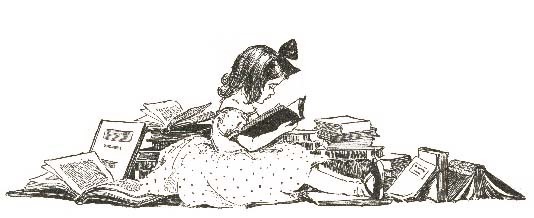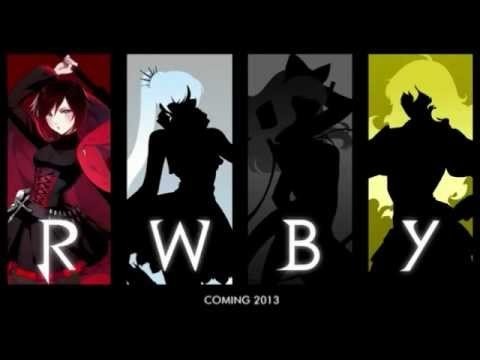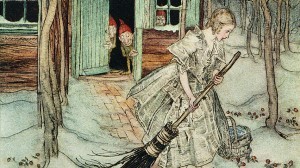Maria Tatar's Blog, page 20
November 21, 2012
Philip Pullman’s Twice-Told Tales
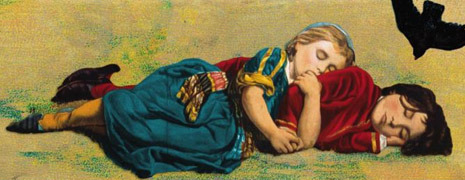
http://www.newyorker.com/online/blogs/bo…
Translators of fairy-tale collections have always played fast and loose with the rules of their craft. The “television and pornography” of an earlier age (as John Updike tells us), fairy tales migrated into the nursery during the nineteenth century, and no one objected when they were edited, adapted, bowdlerized, and cleaned up to suit the younger crowd. The Brothers Grimm did some of that tidying up on their own in six successive editions of the tales, cutting out a story called “Hans Dumm” (in which a young man impregnates women just by looking at them) and removing any causal connection between Rapunzel’s twins and the prince’s visits up to the tower. “A fairy tale is not a text,” Philip Pullman reminds us in his “Fairy Tales from the Brothers Grimm”—it is always mobile and magnetic, picking up bits and pieces of its cultural surround. His “New English Version” celebrates the bicentennial of the collection with fifty of the most popular tales from the two hundred and ten that appeared in the Grimm’s compilation.Read more: http://www.newyorker.com/online/blogs/books/2012/11/philip-pullmans-twice-told-tales-fairy-tales-from-the-brothers-grimm.html#ixzz2CueT4YCo
November 20, 2012
Guillermo del Toro on Villains, Horror, and Fairy Tales
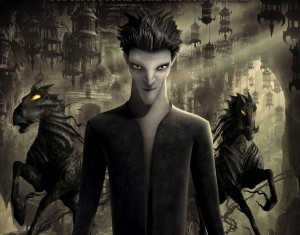
http://io9.com/5961916/guillermo-del-tor…
Guillermo del Toro talks about his new movie, Rise of the Guardians, and tells us a lot about monsters, darkness, and how to write for children.
What’s the difference between a monster movie and a dark fairy tale?
It’s a very, very, very thin difference. I think that horror stories come from fairy tales, in a way. They share a lot of similarities. I think the difference is tonal. You know, the fairy tale contains a lot more elements of magic and whimsy and the the horror story contains a lot more, sort of, almost existential feelings — sort of dread, and ultimately they are similar melodies, played at a very different key.
November 18, 2012
Folklore: Hazardous to Your Health?
http://www.thetimes.co.uk/tto/news/world…
A fairytale writer and cultural anthropologist who has been defending the disappearing culture of the Pomor people in the frozen north of Russia is facing trial for high treason.
The case against Ivan Moseyev — suspected by the Russian secret police of fomenting discontent among the 7,000 descendants of 18th century Norwegian trappers — highlights the political sensitivity of the Arctic region. Human rights campaigners are worried that the use of treason charges marks a new development in the treatment of dissidents. “This is the only case that I know about of treason laws being used in this way,” said Patricia Kaatee, a policy adviser for Amnesty International in Norway. It fitted into a pattern of tougher action against critics of President Putin, she added. “Amnesty deplores that the repression of dissenting political views has become harsher since Putin came to power.”
Mr Putin was elected to a third presidential term in March.
The work carried out by Mr Moseyev, 54, included compiling folk tales, songs and a dictionary. The work was funded by Norway as part of the transnational Barents Sea co-operation project to help civil society in the region.
“With financial support from Norway, Moseyev produced a dictionary of the languages of the Pomors,” said an FSB secret police analysis prepared for the indictment. “On the basis of this he published a series of articles and conducted activities aimed at harming Russian security.”
November 11, 2012
At the Baldwin Library in Gainesville on November 13, 2012
November 10, 2012
More Faux Feminism
Roosterteeth now has an anime version of Little Red Riding Hood. I’m assuming that it’s a series inspired by video-game technologies.
https://www.youtube.com/watch?feature=pl…
Not too much is known at this point about the series. RWBY stands for Red, White, Black and Yellow and is pronounced “Ruby”. The teaser shows a red riding hood-type character decimating a horde of “werewolves” using a very unique and deadly weapon. The animation looks simply amazing, combining smooth animation with anime-influenced art. It’s not quite cell-shading but gives off that feeling. So far, this is just a look at the type of fight choreography to expect in the series, but it is promised to have interesting characters and a deep story ingrained in all aspects of the series. What I also like about this series that most of this show will be worked on by some of the unsung heroes that work behind the scenes now on Red vs Blue among many of the other shows RT has produced. In a way, this is sort of their time to shine and show what they’ve got. I’m extremely hyped for this and cannot wait for this to come out.
http://risingsuntokusatsu.com/2012/11/07…
In a HuffPo chat last night, Jack Zipes referred to the faux feminism of many fairy-tale adaptations–the effort to bring tales up to date by turning the girls/women into warriors.
November 9, 2012
“The Salt” takes on the Grimms
Alison Richards writes about culinary delights and horrors in the Grimms’ fairy tales.
What I wasn’t quite prepared for was all the culinary horror that goes along with this fairy tale deliciousness. Forget about edible houses, magic apples, and winter strawberries. Young women and small children are just as likely to top the menu. Variously gulped down whole, fattened for roasting, neatly sliced for serving, or cut up into stew.
In the story “The Robber Bridegroom,” the gruesome kitchen prep is the final stage of what can only be described as a gang rape. A band of drunken thieves drag home a young woman, force her to drink three full glasses of wine “one white, one red, one yellow,” tear off her clothes, and finally, they “chopped her beautiful body into pieces, and sprinkled them with salt.”
“The Juniper Tree” goes even further. A wicked stepmother kills her husband’s young son so that their daughter will inherit everything. In order to conceal the hideous crime, she chops up the little boy’s body and turns him into a pot of stew. When his father returns home, he tucks into a hearty meal. “Oh, dear wife, this stew tastes so good!” he declares. And then he demands a second helping.
And almost as bad as the prospect of becoming dinner is the prospect of having no dinner at all — many of these stories are haunted by the specter of hunger. It’s famine and despair that sets the whole plot machinery of Hansel and Gretel in motion. Mothers threaten to eat or abandon their own children because there is no food. Outside of the palace or noble house, people survive on a meager diet of bread, roots and herbs with the occasional egg or apple. Step children and outcasts get dry crusts and whatever they can forage.
http://www.nhpr.org/post/brothers-origin…
November 7, 2012
At UMass Amherst on November 7
I’ll be giving a talk this afternoon at 301 Herter Hall at 4 p.m. Hoping to see old friends in the area!
From Hunger Narratives to Hunger Games:
The Ruses of the Female Trickster
November 4, 2012
Philip Nel’s Radical New Book
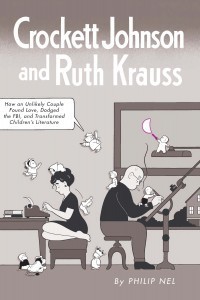 http://online.wsj.com/article/SB10000...
http://online.wsj.com/article/SB10000...
Philip Nel’s new book wins the award, hands down, for best title of the year Crockett Johnson and Ruth Krauss: How an Unlikely Couple Found Love, Dodged the FBI, and Transformed Children’s Literature. But more than that it gives us a narrative that hisses and crackles with energy, even with two subjects whose lives lacked the kind of intrigue and mystery that ordinarily makes for exciting biographical research and writing. The first paragraph sets the scene: a knock on the door and two FBI agents, one interrogating Crockett Johnson, the other snapping photographs.
Here’s an extract from the review in the Wall Street Journal
“A small god in a white romper, Harold uses art to create the heavens and the earth,” observes Mr. Nel, a professor at Kansas State University. “There is no world except that which [Harold] makes.” White rompers aside, these ideas fitted a political agenda that sought to expunge tradition and to make man and society anew, though, as Mr. Nell cautions: “Harold uses his imagination to create new worlds but does so without causing harm. If the purple crayon is radical, it proposes a velvet revolution, not a violent one.”
Nel’s volume reminds us of how important books like A Hole is to Dig and Magic Beach were, not just for Maurice Sendak, but for countless other authors of children’s books:
Krauss and Johnson loomed larger in the last century than they do now, but Mr. Nel argues that it would be a mistake to miss the durability of their legacy. The petite and turbulent Krauss, who wrote more than 40 works for young readers, “helped pave the way for books that respect children’s tough, pragmatic thinking and unorthodox use of language,” he says. Of the wry and laconic Johnson, whose work is often cited by artistic sorts as a source of inspiration, the author declares: “He showed us that a crayon can create a world.”
Be sure to check out Philip Nel’s homepage, where you can wander around for hours in the world of children’s literature and try out “Nine Kinds of Pie.”
https://www.ksu.edu/english/nelp/
November 3, 2012
The Forest Beckons
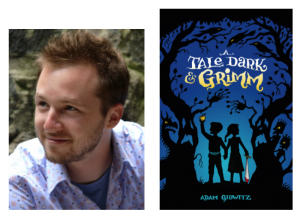 http://blogs.wsj.com/speakeasy/2012/1...
http://blogs.wsj.com/speakeasy/2012/1...
Adam Gidwitz captures, in ways that no child psychologist has managed, how children react to the dark side of fairy tales. I so appreciate his wisdom about how children instinctively protect themselves from books that are too frightening for them:
Over the course of my career as a teacher and writer for children, I have become aware of one of nature’s greatest gifts to both to children and their guardians. Children know what they need. Not that they are errorless—we still have to grab their hands before they rush into the street; we still must help them overcome their fear of the first day of school. But children, much more than adults, are unconsciously in tune with the developmental needs of their bodies and minds. Their play is more educational and emotionally salutary than anything a teacher or psychologist could prescribe. When a child is reading a book that he finds upsetting, he closes it and puts it aside (this is one structural advantage of books over movies, which move so swiftly and are so hard to turn off). And when the book contains new and needed wisdom, he will demand it again and again, until its lessons are mastered (much to the chagrin of the sleepy parent).
And he ends with an encounter that reminds me of how children express their feeling, less with words than with actions.
One afternoon, I was working in the hallway outside of my classroom. Suddenly, a girl I did not know appeared and approached me. She asked, “Did you write that book with the fairy tales?” I smiled and said that I had.
She could have said a lot of things. She could have said, “That book was funny!” or “It was scary!” or “Why do you write such messed up stories?”
Or maybe she couldn’t. For what she did was throw her arms around my neck and squeeze me fiercely. And then, quite literally, she ran away.
I don’t know why. Perhaps the Grimm tales had spoken to her on a level too deep for words.
Or maybe the forest beckoned.
Tonight I’ll start reading a book that has been on my nightstand for several months. Can’t wait for A Tale Dark and Grimm.
October 21, 2012
Last Chance to see “The Piper” at Harvard (before it goes to Broadway, and it will!)
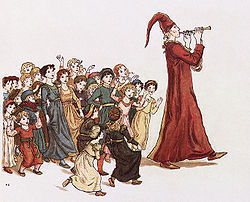 http://thepiper2012.tumblr.com/main
http://thepiper2012.tumblr.com/main
Today is the final performance of the workshop version of “The Piper”! Go if you can.
The musical takes up the legend about the rat-infested village of Hamelin, and the Pied Piper, who rids the town of rats but fails to receive his reward. With the seductive music of his lute and the beauty of his multi-colored costume, he lures the children of the village to another place, perhaps to their death, perhaps to a better life of music, color, and beauty. “The Piper” ingeniously stages the story without showing us the horror of the rats and of the lost children. But it takes us to the heart of the story–fear, betrayal, xenophobia, and unforgiving terror without the consolation of restitution. The story does not give us the “happily ever after” of most fairy tales, but we take from it a reminder about the beauty of song and Elsewhere and the treachery of valuing affluence over fairness.
Maria Tatar's Blog
- Maria Tatar's profile
- 316 followers



